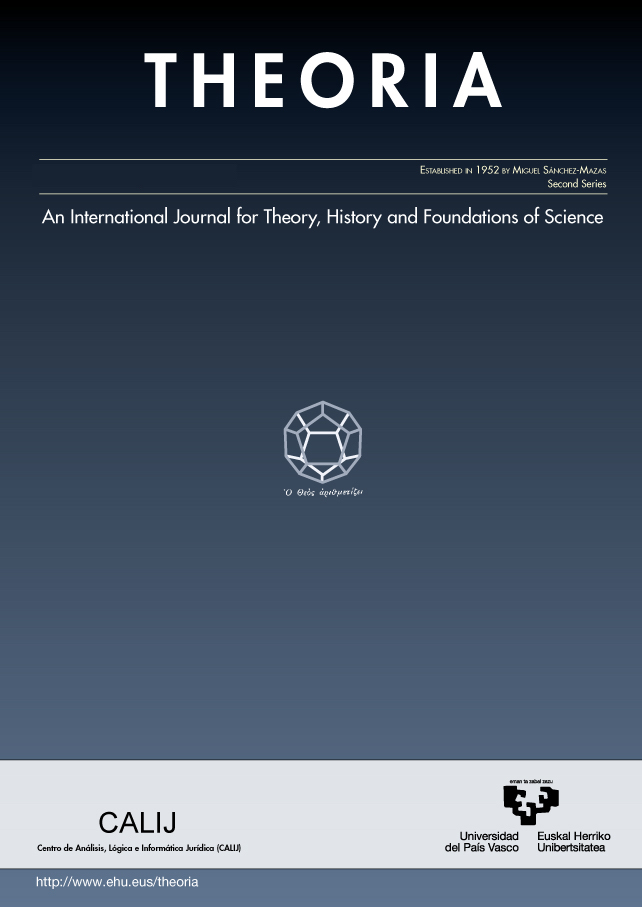The epistemic schism of statistical mechanics
##plugins.themes.bootstrap3.article.main##
##plugins.themes.bootstrap3.article.sidebar##
Abstract
In this paper I will argue that the two main approaches to statistical mechanics, that of Boltzmann and Gibbs, constitute two substantially different theoretical apparatuses. Particularly, I defend that this theoretical split must be philosophically understood as a separation of epistemic functions within this physical domain: while Boltzmannians are able to generate powerful explanations of thermal phenomena from molecular dynamics, Gibbsians can statistically predict observable values in a highly effective way. Therefore, statistical mechanics is a counterexample to Hempel's (1958) symmetry thesis, where the predictive capacity of a theory is directly correlated with its explanatory potential and vice versa.
How to Cite
##plugins.themes.bootstrap3.article.details##
Statistical Mechanics, Explanation, Prediction, Hempel, Boltzmann, Gibbs

This work is licensed under a Creative Commons Attribution-NonCommercial-NoDerivatives 4.0 International License.
Authors retain copyright and grant the journal right of first publication with the work simultaneously licensed under a Creative Commons License.


 http://orcid.org/0000-0002-4409-7719
http://orcid.org/0000-0002-4409-7719